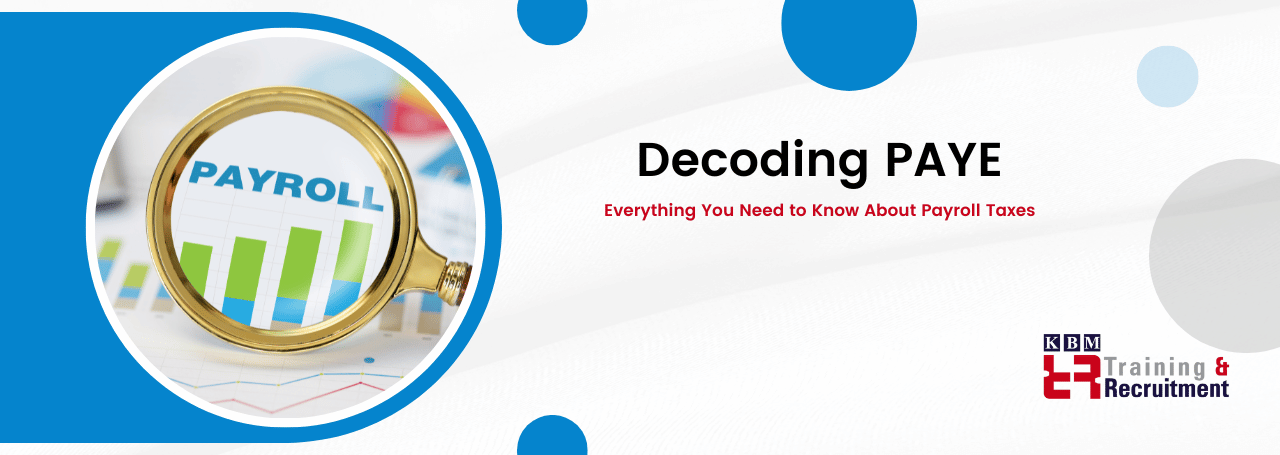Understanding pay-as-you-earn (PAYE) taxes is not just crucial, but also beneficial in business and employment. This comprehensive guide aims to demystify PAYE, covering its significance, calculation methods, compliance requirements, and common challenges employers face.
By understanding PAYE, employers can ensure accurate and timely tax deductions, avoid penalties, and contribute to a smooth and compliant payroll process for their workforce.
Introduction to PAYE
Have you ever wondered how income tax and National Insurance contributions (NICs) are deducted from employees' earnings in the United Kingdom?
The answer is PAYE, a system that ensures taxes are paid throughout the tax year, based on employees' pay as they earn it rather than in a lump sum at the end of the year. Let's delve into this system and understand how it works.
How PAYE is calculated
PAYE calculations are based on various factors, including employees' tax codes, earnings, and tax-free allowances. Employers use HM Revenue and Customs (HMRC) guidelines and tax tables to calculate the amount of income tax and NICs to deduct from each employee's pay. The calculation considers taxable income, tax bands, and employee contributions.
Importance of PAYE Compliance
Compliance with PAYE regulations is not just a legal requirement, but a crucial aspect of your business operations. Accurate calculation and deduction of income tax and NICs, real-time reporting to HMRC using the Real Time Information (RTI) system, and timely payments are all essential to avoid penalties and legal consequences.
PAYE Challenges and Solutions
While PAYE is a fundamental aspect of payroll management, it can present challenges for employers. Common challenges include understanding complex tax codes, managing changes in employees' circumstances (such as promotions, bonuses, or benefits), and staying updated on regulatory changes.
For instance, a change in an employee's tax code due to a promotion could significantly affect their tax liability, requiring the employer to adjust their PAYE calculations accordingly. Employers can overcome these challenges by investing in robust payroll software, training staff on PAYE procedures, and seeking professional advice.
PAYE for Employers and Employees
For employers, PAYE involves responsibilities such as registering with HMRC as an employer, operating PAYE for all employees, submitting accurate payroll reports, and making payments to HMRC on time. Employees, on the other hand, also play a role in the PAYE process.
They benefit from having their taxes deducted automatically from their pay, avoiding the need for manual tax calculations and payments. However, they are responsible for ensuring that their tax codes are up to date and accurate, as this information is crucial for the employer's PAYE calculations.
Future Trends in PAYE and Payroll Management
Looking ahead, the future of PAYE and payroll management is promising. As technology advances, digital tools and automation will revolutionize PAYE processes, enhancing accuracy and compliance. To stay ahead, employers need to anticipate greater integration between payroll systems and HMRC, real-time reporting capabilities, and enhanced data security measures.
Wrap up
In conclusion, PAYE is a vital aspect of payroll taxation in the UK, ensuring that employees' income tax and NICs are deducted accurately and promptly. Employers must understand PAYE regulations, comply with reporting requirements, and invest in efficient payroll systems to manage PAYE effectively. By staying informed and proactive, employers can navigate the complexities of PAYE and contribute to a smooth and compliant payroll process for their workforce.






















